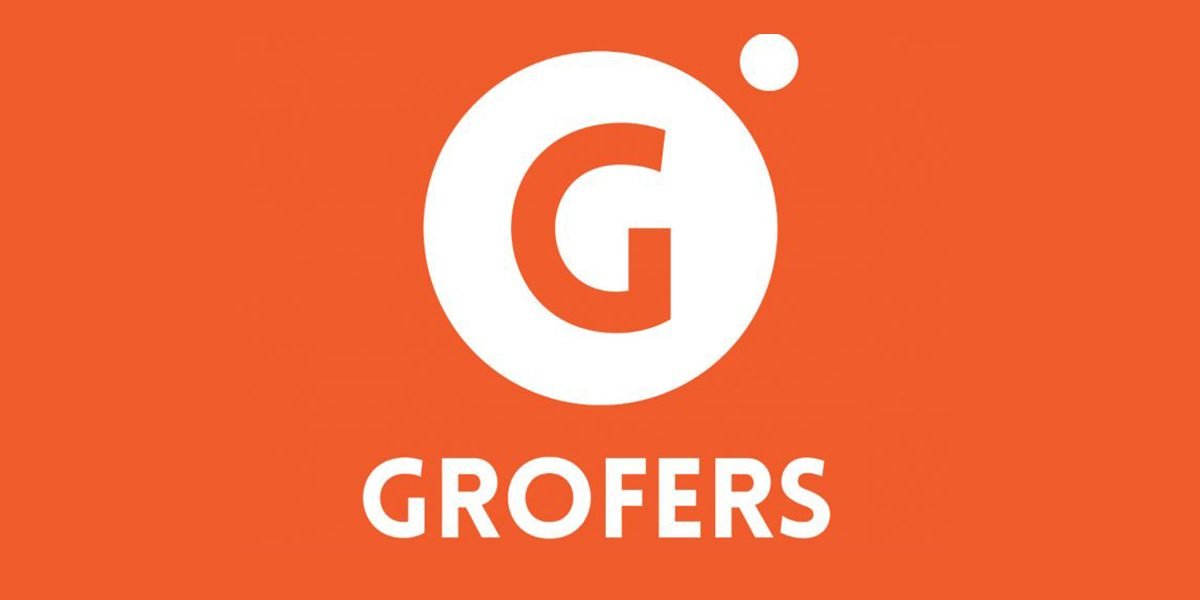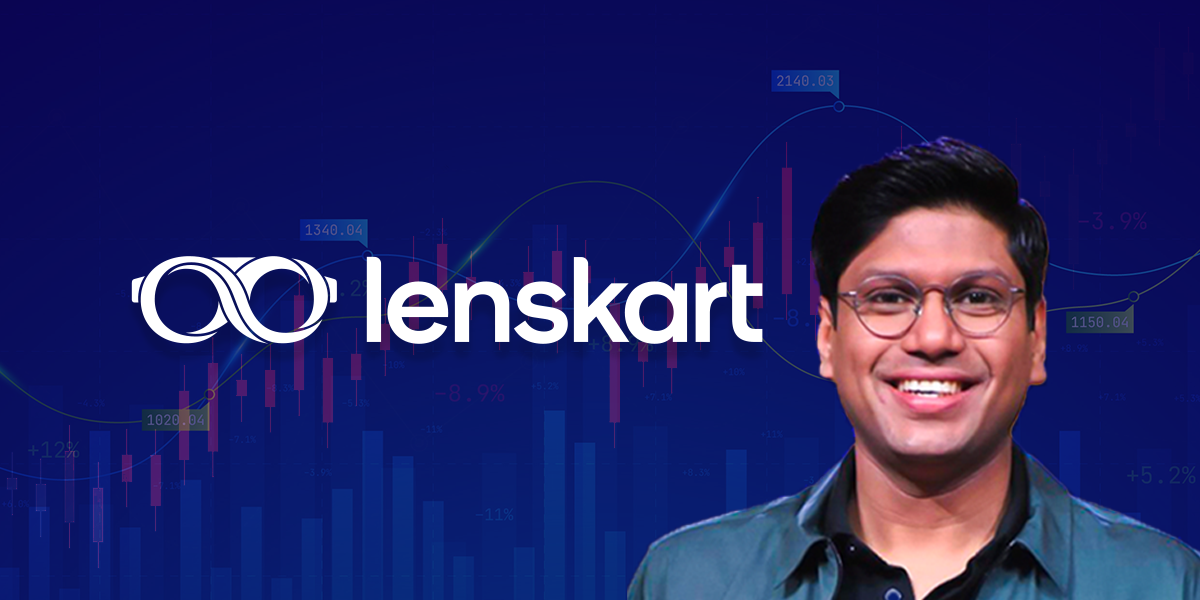Grocery start-up Grofers’ offline foray seems to be paying off. The Gurugram-based company is generating Rs 20 crore in monthly revenue from its branded kirana stores, according to Entrackr sources. Earlier this year, the firm started housing its private-label products in local kirana stores in the NCR region, in its attempt to turn into an FMCG company. Now it’s looking to expand the same model to other cities.
This comes at a time when several online retailers, including Flipkart and Amazon are vying for a piece of the grocery segment.
“The offline foray looks like a good strategy and brings significant differentiation from BigBasket,” said a venture capitalist who placed an unsuccessful bet in grocery segment on condition of anonymity. “However, it’s not easy to strike a balance between the online and offline channels.”
As of now, Grofers has on-boarded 200 stores across the NCR region, who’re selling its range of private labels in grocery and FMCG verticals.
The strategy appears simple: find a place on the shelves of neighbourhood retailers and also use them to fulfil orders generated online.
Grofers made several business model pivots in its six-year-old journey. It started as a logistics solution for grocery retailers in the early days. Following which it made another pivot to become a marketplace in 2014-15. Two years later, it realised that the chances of making money in a marketplace model were very thin with intense competition and wafer-thin margins.
This is when it made the latest and hopefully, lasting pivot in late-2017. The idea was to move to an inventory-based model coupled with a strong private label offering. For this purpose, Grofers raised money in early-2018, albeit at a 40% lower valuation than its previous round in 2015.
This pivot showed results and helped its investors gain confidence. This led to SoftBank and other existing investors – Tiger Global and Sequoia Capital pumping over $200 million into Grofers in 2019.
And after slowing creating a niche for themselves as a mass brand, Grofers continues to experiment to find a sustainable footing in the grocery segment. The company has been working closely with mom & pop stores in the NCR region to push its private-label portfolio since the beginning of this year.
“Providing a similar experience, pricing and quality across both channels could be a real pain point for them. Grofers will have to figure that out,” said Satish Meena, who leads research for Forrester in India. “If you compare the pricing of the same product online and offline, looks like online a slightly cheaper than offline.”
Grofers would need to solve for this as it scales this model to other cities.
Besides NCR, the company is expanding this model (conversion of kirana stores into Grofers’ branded stores) to Bengaluru and Mumbai soon.
Neighbourhood retailers are attracted to Grofers’ offering. According to four retailers who have turned their stores into Grofers branded store, the company currently offers high margins.
“Unlike established brands, Grofers has been offering margins of up to 15-20% in staple categories such as pulses, flour and rice. On the other hand, in the FMCG category, its margin goes up to 25%,” said retailers mentioned above.
It’s worth noting that Grofers has been targeting non-premium audience. Hence, its pricing is competitive as compared to local brands.
While it’s too early to say how well this new strategy would work for Grofers, it appears to be a meaningful move because private labels offer much wider margins when compared to the marketplace model. At present, private labels contribute about 45-50% of the firm’s overall revenue.
Grofers’ offline push in a quest to becoming an FMCG and grocery brand is an interesting one. We would keep an eye on the company’s new approach to win grocery and FMCG segments with its own range of products.














